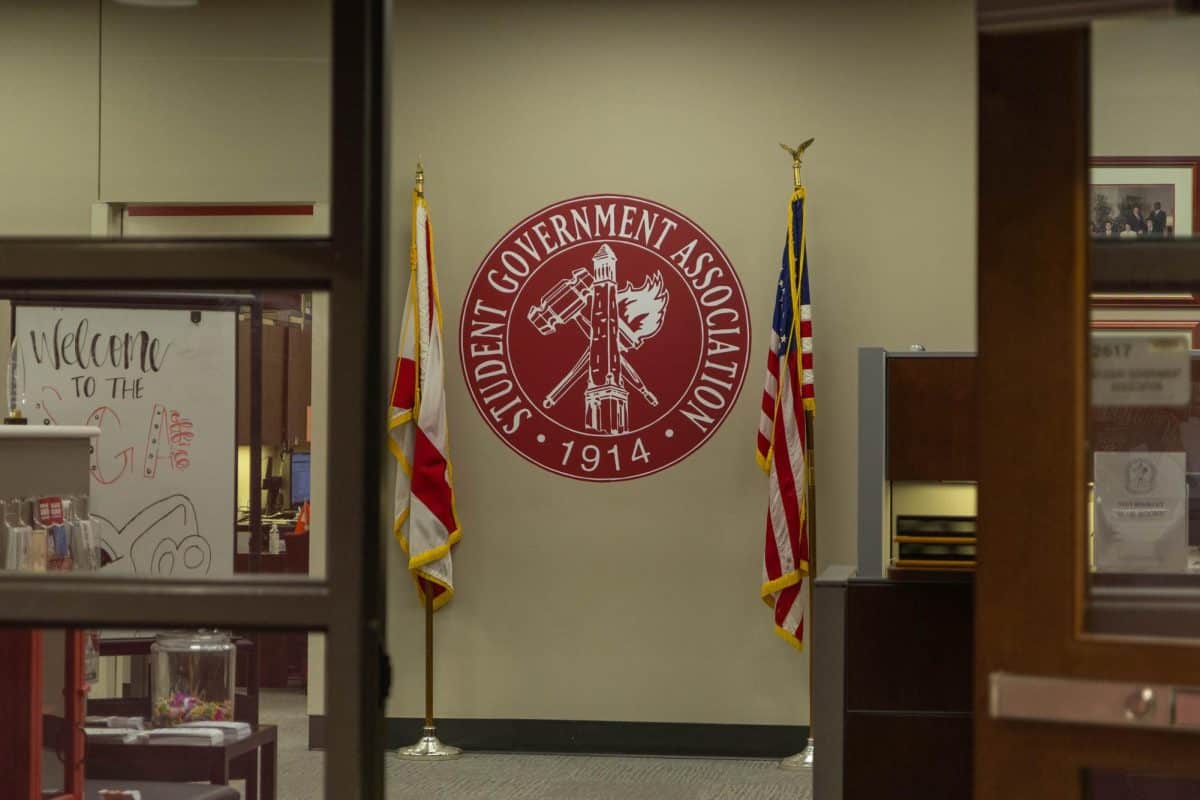Creative Campus continued their Object X series with the topic “What is a dollar?” Tuesday. Seven speakers met in ten Hoor Hall to discuss the idea of what a dollar meant to them from their individual perspectives.
Joey Weed, a sophomore and intern at Creative Campus, said he believed the event would be a great way to bring the campus together.
“The University can be very segmented and divided, and we just thought that this series would be a good way to create an interdisciplinary discussion,” Weed said.
(See also “Object X 1st installment to analyze perspectives, water“)
The first speaker of the event was Phillip Weaver, owner of Buffalo Phil’s, Gallette’s and The Campus Party Store. Weaver explained how hard it was starting a business and how much it took to get where he is today.
“To me, at that time, the dollar meant survival,” Weaver said.
Weaver encouraged students to persevere in their business plans, be patient, save money and be willing to make sacrifices.
The second speaker was Chip Cooper, an Honors College artist-in-residence. He shared about his experiences in Cuba, where he discovered that there is a dual economy system with dollars and pesos, which creates an enormous wealth disparity and false notions about the American dream.
Hannah Rath, former president of Project Health, was the third speaker and discussed the dollar’s impact in relation to food.
“A dollar to me as a health major is simply something I exchange for food,” Rath said.
Rath went on to explain the differences in nutritional values of foods that could be purchased for a dollar. She warned not to believe everything organic is completely healthy.
“Some organic food can be good for you, but sometimes it just comes in a cool-looking package,” Rath explained.
(See also “Object X series to incorporate ‘infinite perspectives‘”)
Eric Marable, a junior majoring in theatre, performed a poem about human lives valued in dollar amounts. The poem argued that working in the corporate world can reduce people to a monetary value and urged the audience to remember their childhood, a time when they were worth more than money.
Lauren Lock, a senior majoring in history, urged the audience to think less about doing work for money and more about figuring out what occupation makes you happy. She argued that people often believe they need to act a certain way because society tells them to, even though, in reality, the important people in their lives would still value them.
“My parents love me no matter what,” Lock said. “If I end up working at McDonald’s, they’d just be happy to be getting free cheeseburgers.”
Craig Wedderspoon, an associate professor of art and sculpture, was the sixth speaker at Object X and broke down the specific costs of a sculpture display he and his team created. The individual costs of the project ended up amounting to more than $38,000 in total. Wedderspoon argued that one should not let money be something to hold one back from his or her passions.
The final speaker of the night, Kristen Warner, an assistant professor of telecommunication and film, used the film “12 Years a Slave” to explain the manner in which Hollywood trades in other currencies besides money, including favors, star power and established source material.
Following Warner, the speakers held a panel discussion.
In response to a concern about using money to motivate people, Wedderspoon said it is sometimes necessary.
“What I do is nasty, hard and dirty, but this generation doesn’t usually want any part of that. Money is the only way to motivate them,” Wedderspoon said.
(See also “Tide Talks sparks conversations“)






